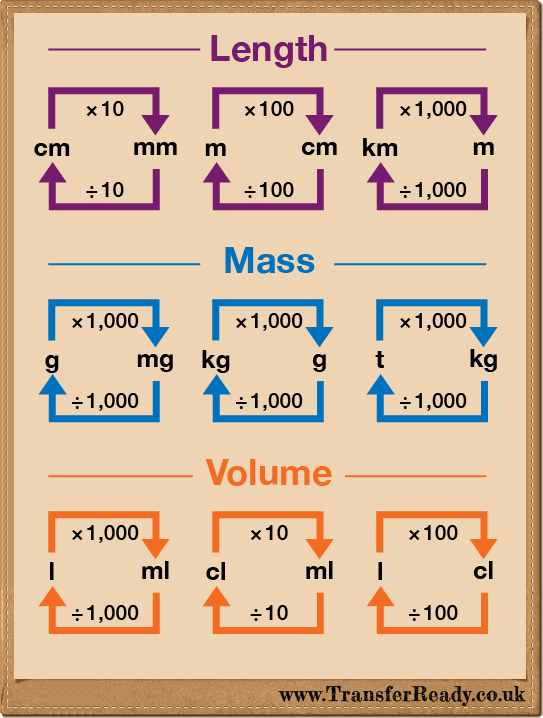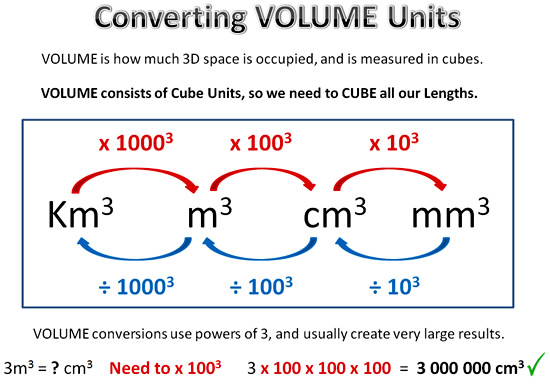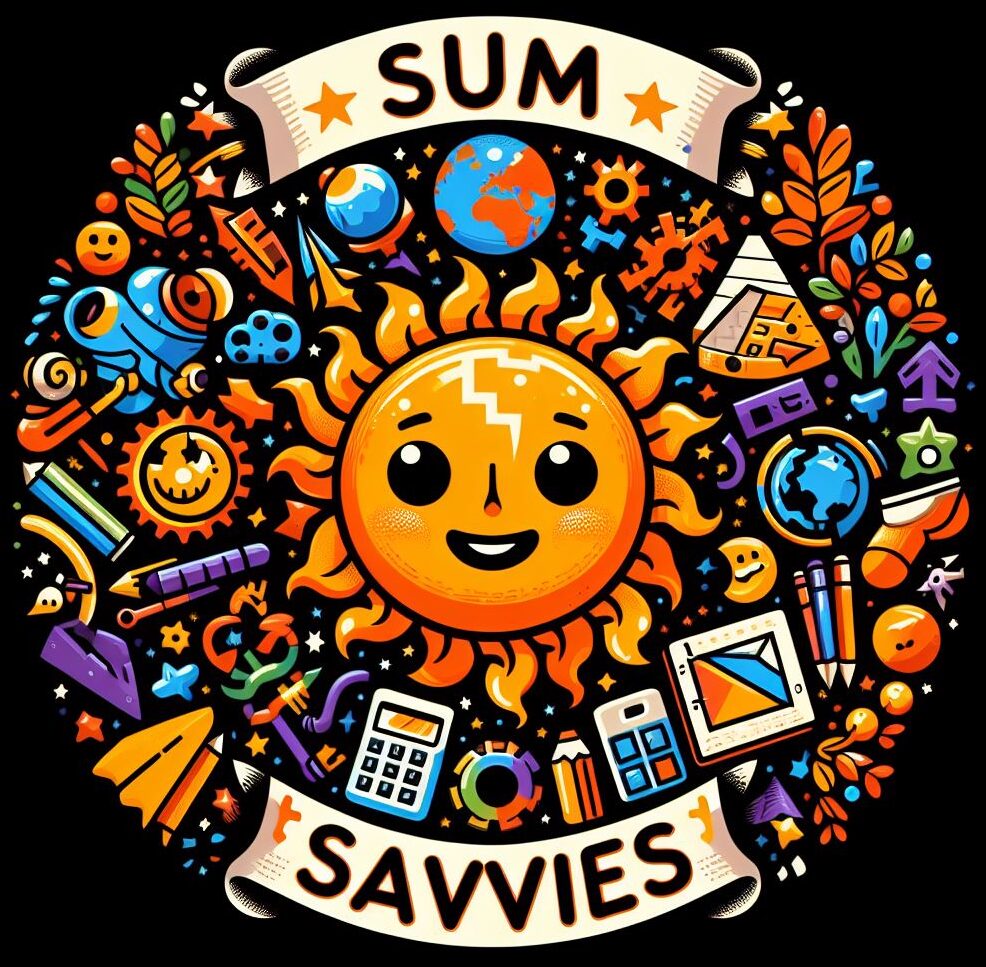RESOURCES
This is an affiliate link. If you click the link and buy the product, then the blogger gets a percentage of the sale or some other type of compensation. Prices are not different if you use these affiliate links. You will not pay more by clicking through to the link.
CONVERTING METRIC UNITS: LENGTH, MASS AND VOLUME
Length, mass, and volume are the primary units we deal with regularly. Length might be needed when measuring a piece of wood for furniture. Mass is common in cooking recipes. Volume comes into play when deciding how much liquid to pour. So knowing how to measure these correctly makes life easier.
Converting between these metric units is straightforward once you know the conversion factors. For length, remember that 1cm equals 10mm, 1m equals 100cm, and 1km equals 1000m. This can help when you’re trying to match the right size bolt for a project or figure out the distance for a run.
Mass conversions also rely on easy-to-remember factors. 1g equals 1000mg, 1kg equals 1000g, and 1 tonne equals 1000kg. This conversion is handy when cooking and selecting the right weight of ingredients.
Volume conversions are just as simple: 1 litre equals 1000ml, and 1ml equals 1 cm³. Accurate volume measurement ensures you don’t overfill a container or when you need precise quantities of liquid ingredients.

CONVERTING METRIC UNITS: AREA AND VOLUME
When handling area and volume measurements, multiply or divide by the square or cube of the length conversion factor. If you’re converting square meters to square centimeters, you multiply by 10,000 because 100² = 10,000. It’s a bit more math, but with practice, you’ll get the hang of it.
Mastering these conversion techniques can save time and improve accuracy in everyday tasks. From getting the right amount of flour for a cake to ensuring your home improvement project turns out perfect, solid knowledge of units and conversions is invaluable.


METRIC AND IMPERIAL UNITS
Switching between metric and imperial units can feel tricky, especially since these systems are used in different parts of the world. Understanding how to convert between them can make travel, shopping, or even following international recipes easier.
For length, remember the key conversion factors: 1 inch is about 2.5 cm, 1 foot is 12 inches or roughly 30 cm, and 1 mile is approximately 1.6 km. These conversions can help with measuring things like furniture dimensions or planning a trip.
When it comes to mass, knowing that 1 ounce is about 28 grams and 1 pound is around 450 grams can be useful for cooking or weighing items. If you need to convert kilograms to pounds, keep in mind that 1 kg is about 2.2 pounds.
Volume conversions are equally important. For example, 1 pint is roughly 0.57 litres, and 1 gallon is about 4.5 litres. These conversions come in handy when you’re buying liquids or working with recipes that use different measurement systems.
Knowing practical examples can make these conversions second nature. For instance, when shopping in a country that uses a different system, knowing these conversions helps you make smarter purchasing decisions.

ESTIMATING IN REAL LIFE
If estimating sizes and quantities in real life feels daunting, compare with something familiar. This helps in giving you a rough idea of dimensions without needing precise measurements. For instance, a meter is approximately the height of a kitchen counter, and a liter bottle of soda is a good reference for volume.
Mastering these conversions and estimation techniques makes everyday tasks smoother, broadens your skill set, and enables you to navigate different measurement systems confidently.
CONCLUSION
Units form the backbone of measurement. Whether it’s cooking, construction, or science, understanding units is essential. Without proper measurement, you’d struggle to keep consistency across various tasks.


No responses yet